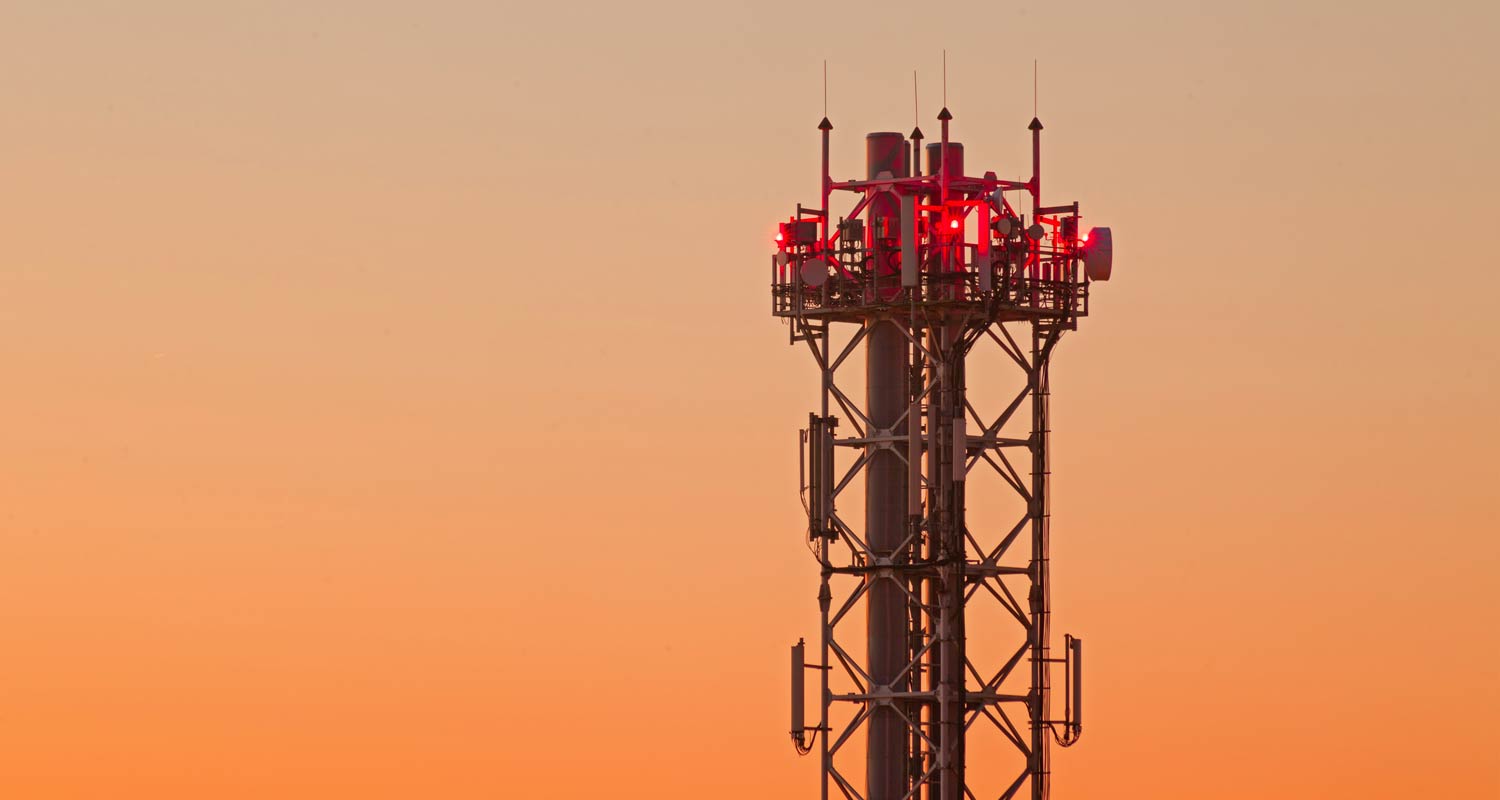 It has been nearly two years since Telkom – South Africa’s third-largest mobile network operator by active Sims, with 20.4 million customers – launched a fixed-wireless 5G product.
It has been nearly two years since Telkom – South Africa’s third-largest mobile network operator by active Sims, with 20.4 million customers – launched a fixed-wireless 5G product.
5G-on-phone support has, however, been slow in coming, making it a laggard in the technology next to bigger rivals Vodacom and MTN.
But Telkom Consumer CEO Lunga Siyo defended the lack of support for 5G on smartphones, telling TechCentral in an interview earlier this week that it is a lack of 5G-capable phones in the hands of consumers – and not a lack of capacity on the network – that is the main reason why the operator has not deployed the technology.
“We’ve got a largely 4.5G-type of network, so the equipment we have is 5G ready,” he said, referring to advancements in 4G/LTE. “We could implement 5G at scale in a couple of months without installing new radio equipment, but we also need the device ecosystem to mature. As more low- to midrange 4G devices become 5G capable, then it will make sense to switch on the network – otherwise we’ll just have an empty network.”
According to Siyo, a big barrier inhibiting users from upgrading to 5G-capable handsets is that those with fast 4G speeds can’t “feel” a real difference between the two technologies. He said customers find it difficult to pay more for something that isn’t tangible.
“In the fixed-wireless market, the price differential between 4G and 5G devices used to be about US$40, but that has reduced significantly. We have been pushing original equipment manufacturers to produce devices that compete at a 4G price point but give 5G capability because, to a customer, it’s just an evolution of technology. The increment in speed on 5G may not mean much to them,” he said.
Power costs
More than 92% of Telkom Mobile subscribers have 4G-capable handsets, the highest ratio among South Africa’s mobile operators. The uniformity in its network – as opposed to having significant portions of user devices using 2G, 3G, 4G and 5G – reduces network configuration complexity, which in turn reduces power consumption. Power is the major cost factor in network management.
Mobile operators with a more federated mix of radio network access equipment may have to spend more on network infrastructure for 5G deployment. The downside, said Siyo, is that operators cannot easily justify charging customers more for 5G when 4G already meets their needs.
Read: Telkom launches 5G – but not on mobiles, yet
“You might get away with charging extra in certain verticals because you have created a 5G private network. It could be a manufacturing plant or a mine in a far-flung area, for example,” said Siyo.
The taxation of 4G and 5G devices as luxury goods on import is one of the cost factors keeping prices for these handsets high. 5G device prices will naturally come down as the technology matures and gains wider adoption. That will in turn drive the price of older 4G devices down even further, helping consumers – who have had to tighten their belts given South Africa’s yearslong economic slump – afford higher-quality upgrades.
 Macroeconomic pressures, including the corrosive effects of load shedding, have hampered growth for operators in recent years. Siyo said he sees these headwinds persisting, although perhaps not as strongly as they have been in the past. Economic growth will drive the growth of 5G in the market, he said.
Macroeconomic pressures, including the corrosive effects of load shedding, have hampered growth for operators in recent years. Siyo said he sees these headwinds persisting, although perhaps not as strongly as they have been in the past. Economic growth will drive the growth of 5G in the market, he said.
“We see growth because we are a third player and we can attack the customers of the number one and two players and convert them. The economy will stabilise and interest rates will begin to drop, so businesses will grow across the board. I see 5G reaching some level of maturity in the market in the next three to five years.” — © 2024 NewsCentral Media




